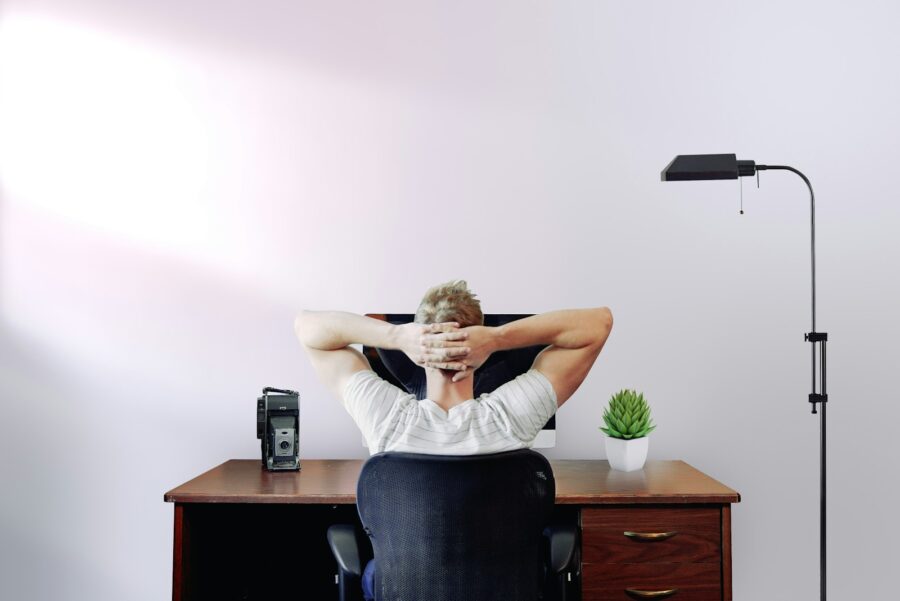On April 28th, the UN marks World Day for Safety and Health at Work, an anniversary, which, as the name implies, shines a spotlight on the promotion of health and safety at work.
Musculoskeletal (MSK) conditions specifically affect over 14.9 million people in the UK, many of whom have symptoms of pain, stiffness, limited movement, and disability affecting quality of life and independence.
Such is the concern, that Public Health England (PHE) launched the Musculoskeletal (MSK) Health Improvement programme in April 2018 which aims to take a whole-system public health approach to MSK health.
On the occasion of the National Day, Danish based Contour Design is therefore sharing its tips on the best seating position, sitting more ergonomically at the computer so serious injuries can be prevented and remedied and long-term and expensive sick leave avoided.
Furniture
The way in which a worker is positioned for an 8-hour working day in front of the computer is of great importance for how the body reacts, and there are generally three things to keep in mind when it comes to furniture: the chair, the table and the light.
- The chair must be stable and allow for freedom of movement to be able to vary between different working positions. It must allow the seat inclination and seat depth to be varied and be adjustable at the back and the height.
- The table must have a surface that does not reflect light, and it must be wide and deep enough that there is sufficient working space and the possibility of getting the screen at the right distance. It must also be the correct height for the individual.
- Light is also important, as incorrect or insufficient lighting can result in overstrain on the eyes, so look for an interior where the light is a combination of daylight and light from a good table lamp.
Equipment
When it comes to hardware, there are usually three devices that one needs to pay attention to – the keyboard, mouse and screen.
A good keyboard must support a correct working position, where the arm is placed in front of the keyboard, shortcut keys limit the use of the mouse and thus reduce the strain on hands and fingers. It must have adjustable legs so that the working position can be varied thus reducing strain on hands, fingers and wrists.
The mouse must suit a user’s ergonomic needs. There is the option of a so-called vertical mouse, which is an ergonomic one-handed mouse that promotes a correct hand position. Alternatively, an ergonomically centred mouse can be chosen. This innovative type of mouse is placed in front of the keyboard, and here the cursor and clicks can be controlled with both the right and left hand. With this mouse, the working area is minimised, avoiding sitting in a locked position with one arm out to the side which overloads both the neck, shoulders, elbows and wrists.
The screen should preferably be 24″ or larger, so that several windows can be opened at the same time. This eliminates the need to click between different windows, which reduces the strain of using a mouse. The screen must also be matte and non-reflective, so that glare is avoided, and finally it must be able to be tilted and adjusted in height, so that it can be adapted according to a user’s needs.
World Day for Safety and Health at Work
World Day for Safety and Health at Work is a good reminder of the practical steps we can take to improve our daily work environment. While there’s always more to be done, taking action on these tips is a step in the right direction towards a healthier workplace.
Joanne is the editor for Workplace Wellbeing Professional and has a keen interest in promoting the safety and wellbeing of the global workforce. After earning a bachelor's degree in English literature and media studies, she taught English in China and Vietnam for two years. Before joining Work Well Pro, Joanne worked as a marketing coordinator for luxury property, where her responsibilities included blog writing, photography, and video creation.



